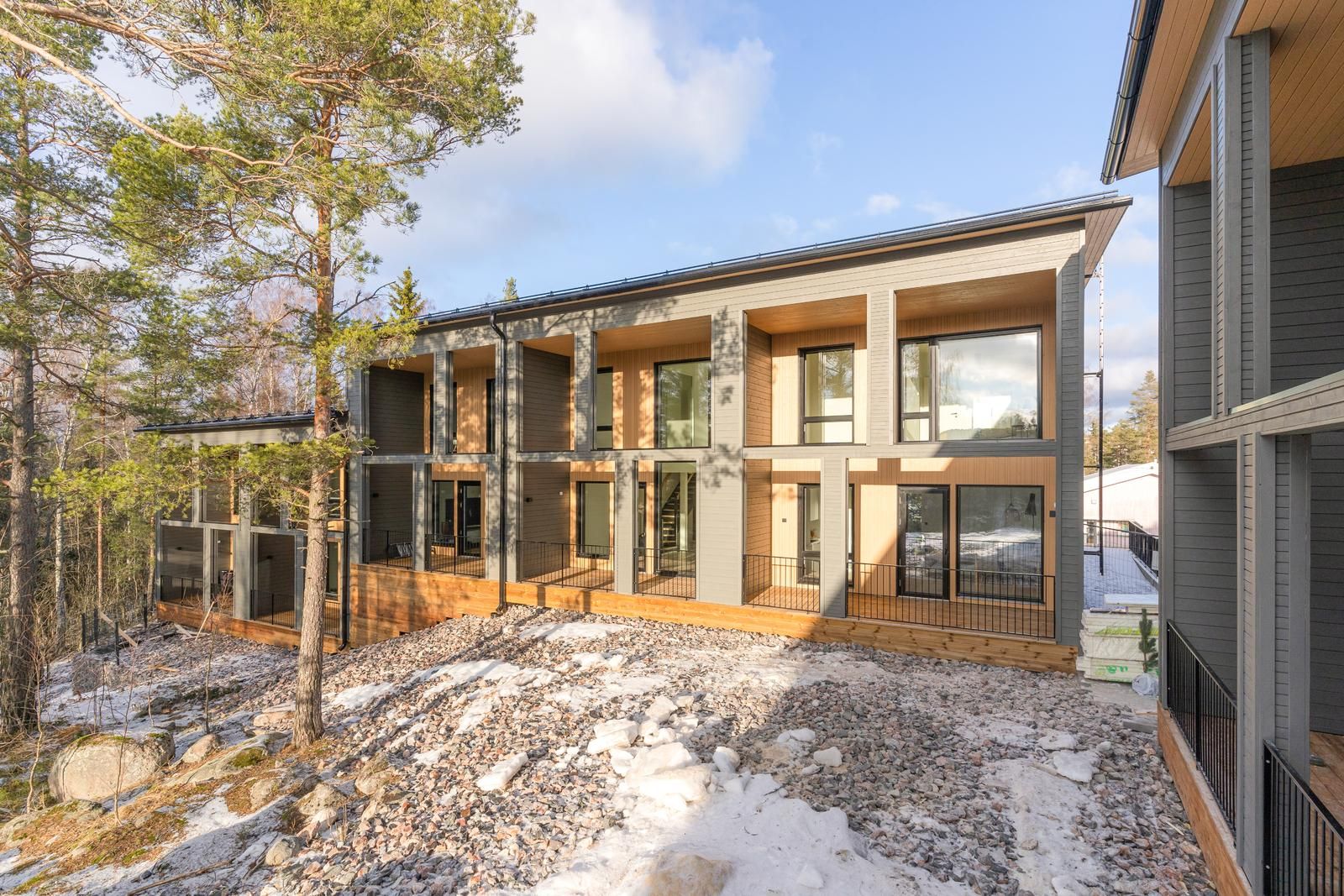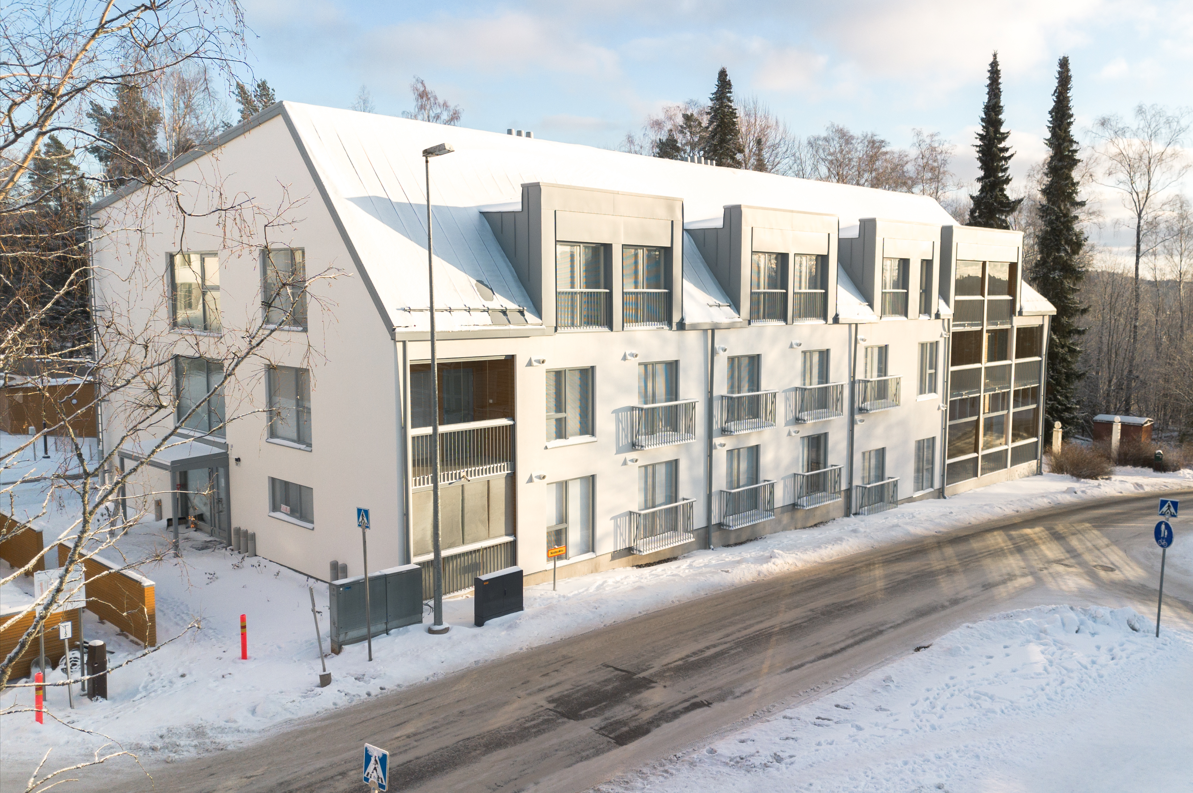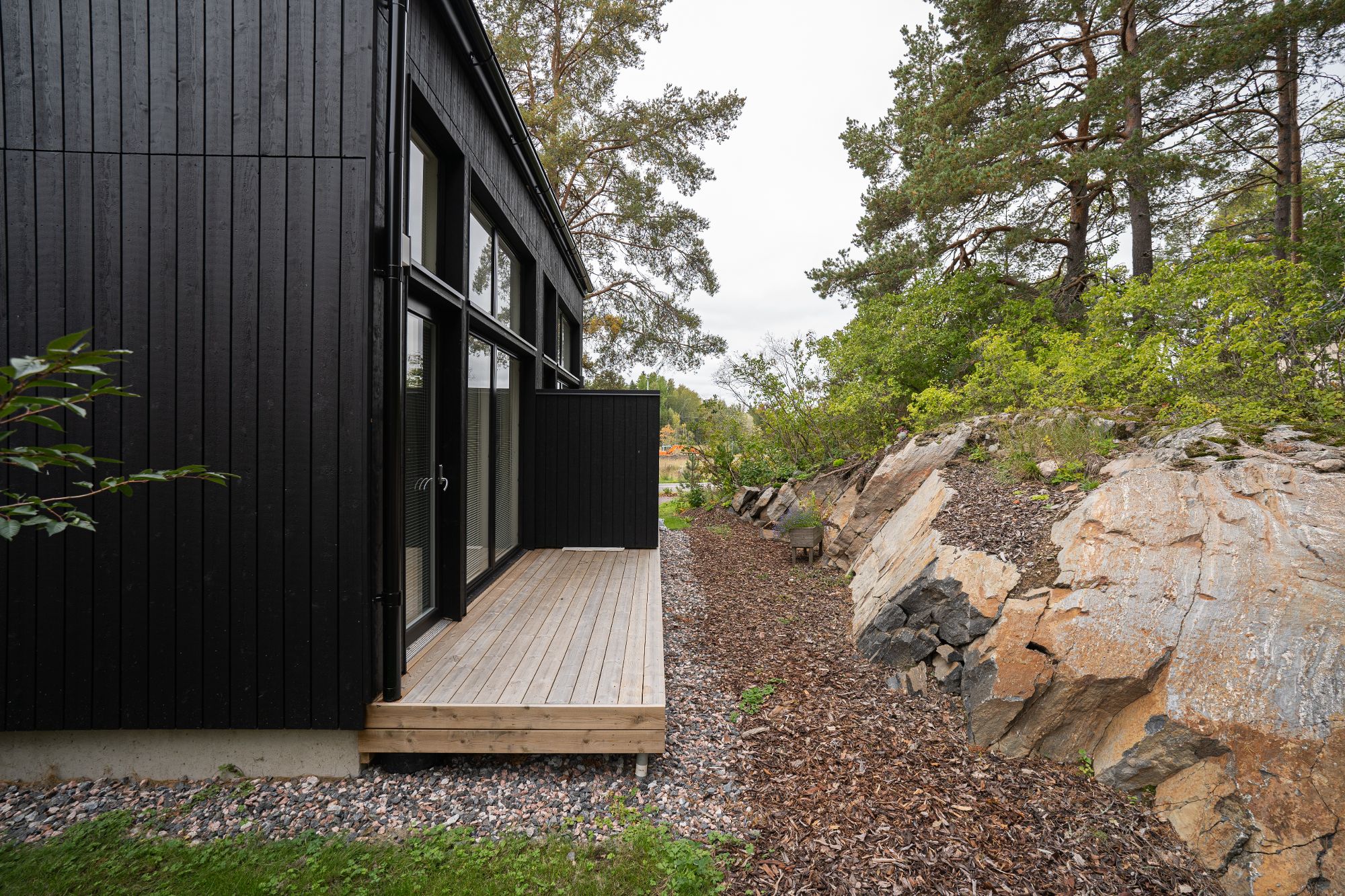Market
Market
Toivo is a full-service developer and active owner of residential and social properties, always combining the best construction solution and user experience – and taking environmental considerations into account. In our properties, we focus on the Helsinki Metropolitan Area and Tampere. We have expanded our activities in the social properties and provide real estate solutions to clients in various industries in the public real estate sector. We solve the space needs of both the public sector (state, municipalities and wellbeing services counties) and private operators by offering a range of flexible solutions.

Factors affecting housing demand
Factors affecting demand for residential space (short term):
- general economic development
- number of jobs
- unemployment rate
- business and consumer confidence in the economy
- interest rates
Factors affecting demand for residential space (long term):
- changes in space needs
- population growth
- migration
- sustainable development
Growth trends
Population growth concentrates to the largest cities
Living in rented properties becomes more common
Stable and steadily growing demand for social properties
Number of small households grows
Aging of Finnish housing stock
In its projects Toivo aims to respond market trends by focusing its strategy on new, small and efficient affordable housing in the Helsinki, Turku and Tampere regions.



